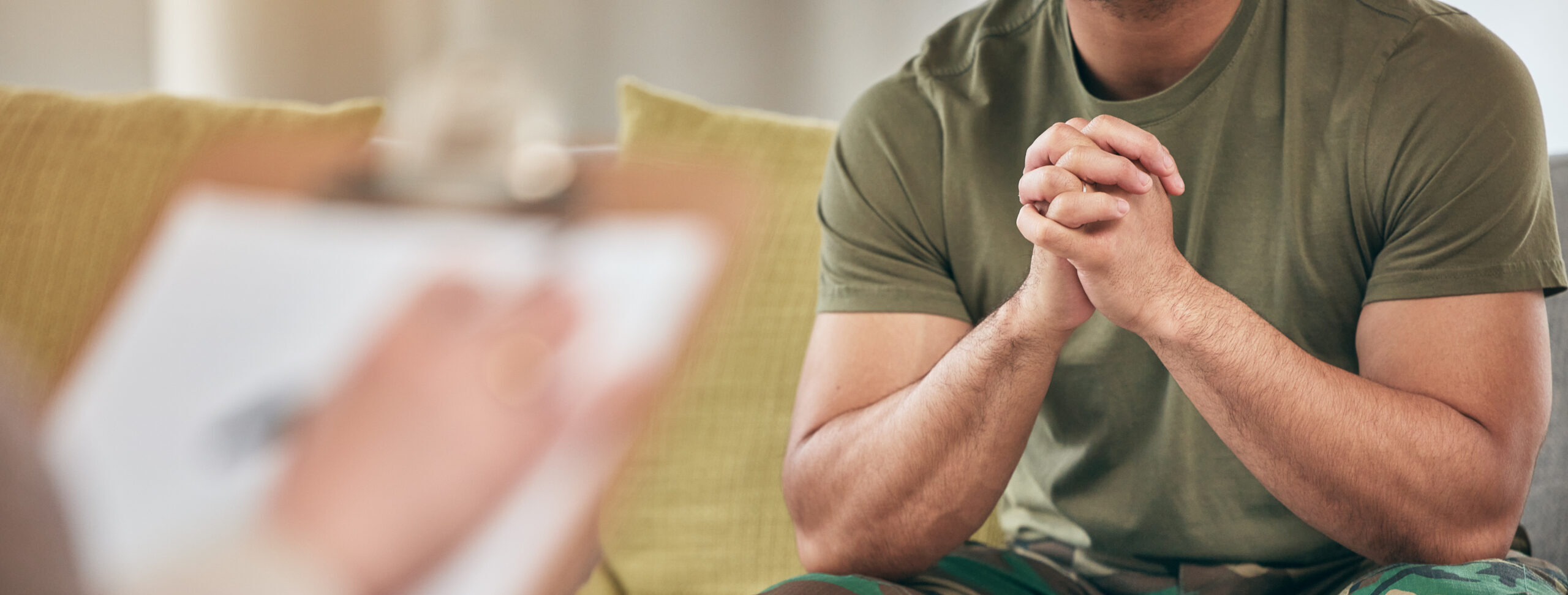Written by: Amy Fustino, MSS, MLSP, LCSW
Domestic violence can affect anyone and when it comes to gender, it does not discriminate. Feelings of shame, hopelessness, isolation, and fear surround this painful and confusing public health issue. These feelings, along with a variety of other barriers, make it challenging for victims to talk about abuse. This becomes even more complex when the victim identifies as male, due to superfluous societal pressures, stereotypes, and misinformation. In the United States, according to the CDC, one in seven men (18+) has been a victim of severe physical violence by an intimate partner, and one in ten men has experienced rape, physical violence, and/or stalking by an intimate partner. Yet, statistically, men make up a significantly smaller percentage of callers to the national DV hotline and other reporting avenues.
Societal pressures/ stereotypes
Narrow definitions of gender and the socialization to not express feelings can be extremely detrimental to a young boy’s development. Later in life, these developmental issues greatly impact how relationships are established and maintained. Societal messages about masculinity or what a ‘real man’ is, contribute to the silence of male victims. These messages and ideas of what a “real man” is include: someone who is strong, a protector, doesn’t show weakness or vulnerability, and does not ask for help, or how a man is supposed to act or perform within the confines of a relationship, by exercising power and control or dominance. What society feels is appropriate or inappropriate for a man to be or do underwrite robust gender scripts which then become formidable lived experiences and ultimately produce a fear of being discredited or devalued. Constant messages to “be a man,” or that “boys don’t cry,” and to “suck it up” have a profound psychological impact as they discourage men to express themselves or ask for help. Furthermore, pervading beliefs portrayed in media that domestic violence is a gendered crime, perpetrated by men against women, result in men remaining silent because they feel that no one will believe them and as if they cannot relate. When men do disclose their abuse experiences to the authorities or supportive agencies, they often encounter a range of hostility, lack of empathy, and skepticism which delegitimizes their traumatic experiences.
Misinformation and the lack of resources
The impact of social stigmas and gender stereotypes leads to the assumption that male victims are not in as much danger as female victims if they are in a domestic violence relationship. Therefore, they are often overlooked by authorities or helping agencies. This has led to how and what our communities have developed in terms of resources and support for victims. While it is the belief of many that there are no resources or supports available to male victims and the fact that the majority of services or shelters are women-focused, there are indeed support services for males. However, in comparison to that of services tailored towards the needs of women, they are absolutely inadequate. Sparse resources certainly add to the hurdle that male victims must conquer in order to be heard and receive care. ManKind Charity reports that in 2021, out of 238 refuge spaces for victims of domestic abuse, only 58 were committed to supporting male survivors. Research has shown that the service needs of heterosexual men differ from that of homosexual men which differ from those of women.
What is needed?
We must help foster dialogue and reflection about gender and violence in order to discontinue the masculinity narrative and marginalization of male victims. This should be done through research, training, and the media. Intimate partner violence research has historically been focused on exploring men’s perpetration and women’s victimization. Therefore we must shift our focus and put value in conducting research that is more reflective of the experiences of men as victims. Proper training in the recognition and handling of male domestic violence abuse, including methods of intervention that are effective with male victims, would help to destigmatize views of male victims and ultimately provide much-needed support. Finally, we must leverage the media to provide an appropriate representation of male characters experiencing and expressing a larger continuum of emotion (instead of just anger) and asking for help. The media can also help to model non-abusive ways to resolve conflict and portray relationships with less gender scripts. Ultimately, the media can move the pendulum and help to destigmatize.
Intimate partner violence, whether it is perpetrated by men or women, is neither inconsequential nor trivial. Both men and women, in same-sex and opposite-sex relationships, can be perpetrators, victims, or both. Ultimately, we need less prejudice and more empathy. Intimate partner violence is a public health issue and abuse is abuse. A victim’s gender does not change their basic human right to be heard, believed, and to receive appropriate help.
Amy Fustino, MSS, MLSP, LCSW is a clinical counseling program analyst at Commander, Navy Installations Command (CNIC)
References
CDC (2021). National Intimate Partner and Sexual Violence Survey (NISVS). Retrieved from: https://www.cdc.gov/violenceprevention/datasources/nisvs/index.html
The Centre for Social Justice (2022). Why Are Men Often Overlooked as Victims of Domestic Abuse? Retrieved from: https://www.centreforsocialjustice.org.uk/newsroom/why-are-men-often-overlooked-as-victims-of-domestic-abuse
Josolyne, S. (2011) Men’s experiences of violence and abuse from a female intimate partner: Power, masculinity and institutional systems, [online]. Retrieved from: https://www.mankind.org.uk/wp-content/uploads/2015/05/Simon-Jocelyn.pdf
Pence E., & Paymar M. (2003). Creating a process of change for men who batter. An education curriculum (Rev. ed.). Minnesota Program Development. [Google Scholar]
Blog Post Image: IStock Credit: Bettencourt Stock illustration ID:620481078













